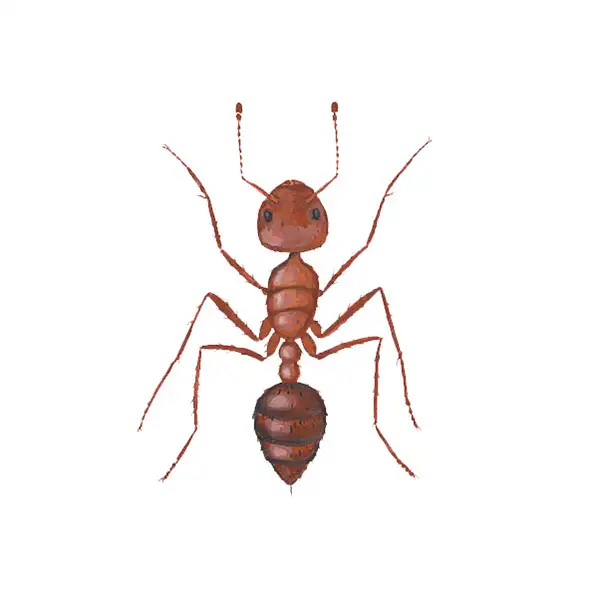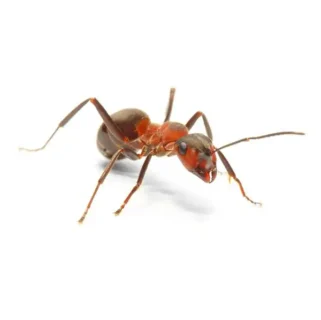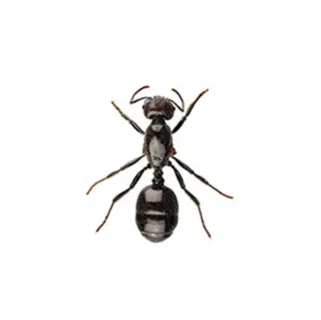Fire Ants in Virginia
Known for their painful sting and bite, fire ants attack aggressively, with a single ant capable of multiple stings. Their mounds house large colonies, and when disturbed, workers swarm to the surface, stinging in coordinated waves. Fire ants are omnivorous, feeding on plants, animals, and insects. They also have a dangerous attraction to electrical equipment, often damaging AC systems, well pumps, and outdoor lighting, leading to potential fire hazards.
Fire Ant Habitat
Drawn to moisture, fire ants establish nests near water sources, such as rivers, well-maintained lawns, and potted plants. Their mounds serve as climate-controlled nurseries, maintaining the right temperature and humidity for their young. These mounds are often found in sunlit areas like parks, pastures, and fields. Fire ants are opportunistic feeders, consuming a mix of plant and animal material. When foraging for food, aggressive fire ants gain access to homes through cracks, crevices, and gaps under doors, windows, or walls.
Fire Ant Behaviors, Threats, or Dangers
The sting of a fire ant is not only painful but also dangerous to humans and pets. These ants bite first before injecting venom through their abdominal stinger, unlike other venomous ants that spray acid. The intense burning subsides quickly, but within half an hour, red bumps appear, later developing into pus-filled sores. Fire ant colonies can also wreak havoc on plants, lawns, and electrical fixtures.
To stay safe, avoid disturbing fire ant mounds and contact a pest control expert.
Need help with Fire Ant control?
Need Wildlife Or Pest Control?
Leave your information below and we’ll be in touch with a FREE quote!
"*" indicates required fields
*During normal business hours. After hours calls will be returned the next business day.





